
to discover
art and crafts
in Venezia

SOTOPORTEGO DEL BANCOGIRO
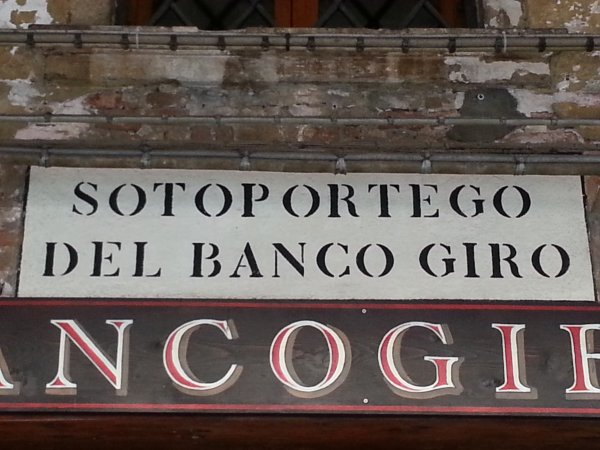
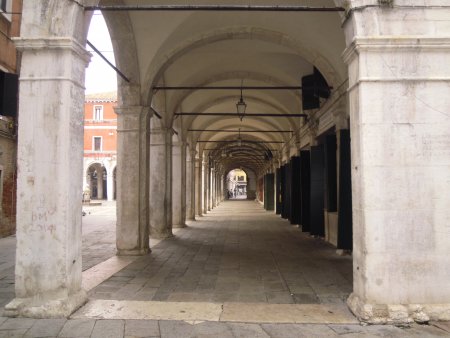
The porch, that surrounds half of Campo San Giacomo in Rialto
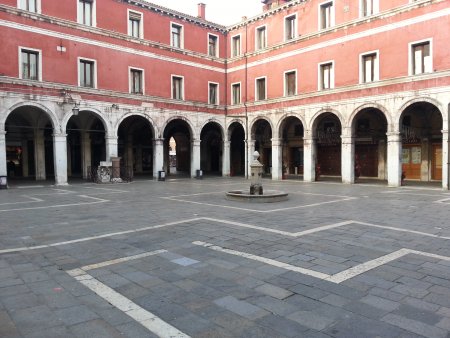
is named after the presence of the headquarters of the Public Merchant Bank, known as the Bancogiro.
The Bancogiro, was established by the Republic of Venice in 1600 to compensate the various private banks, deposits and loans, mostly managed nobles, that often went bankrupt. The Bancogiro mainly made payment for goods or other merchandise on behalf of customers, retailers and merchants, to avoid them to carry large sums of money. The payment, then, was not performed with direct exchange of money, but through the notation on a transaction register of a banker sitting at desks seats under the arcades. Buyers gave the order to the banker to transfer the amount from their account to the destination one (private or public), and the banker noted in his records the transaction request. Since it was basically a money trnsfer operation, "moving money around accounts", hence Bancogiro.
Other financial terms used today, such as banknote, seems to stem from the same practices. Initial deposits made by customers were also made recoverable any time since guaranteed by the Republic itself, thus solving the problem of private banks bankruptcy.
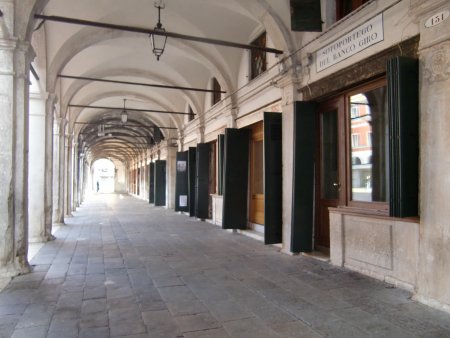
Among the buildings in this area notice the church of San Giacomo di Rialto, on which outer walls are several coats of arms, tombstones and inscriptions
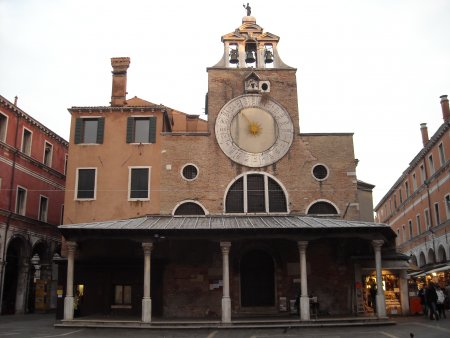
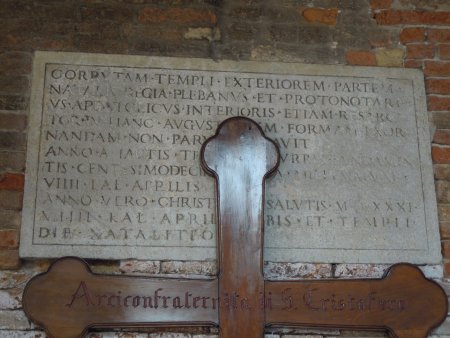
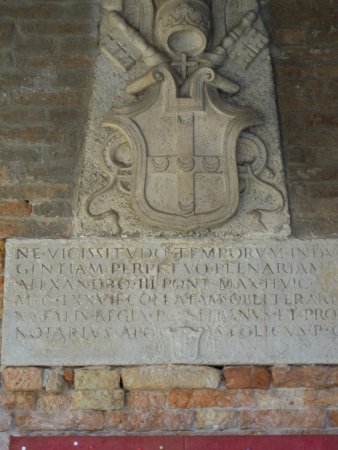
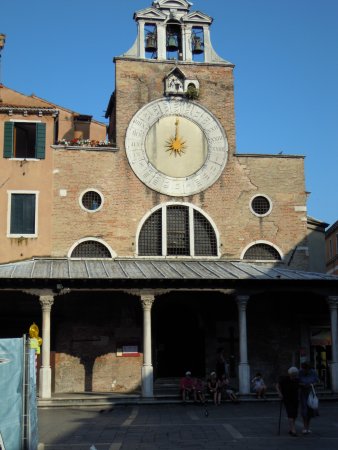
and the statue of teh Gobbo di Rialto (hunched man of Rialto), represented by a portion of the column and a small human figure holding a ladder, made of Istrian stone, bended by the weight supported. The column was used, such as the one in Piazza San Marco, to pubkish the various notices, convictions and proclaims of the Republic.
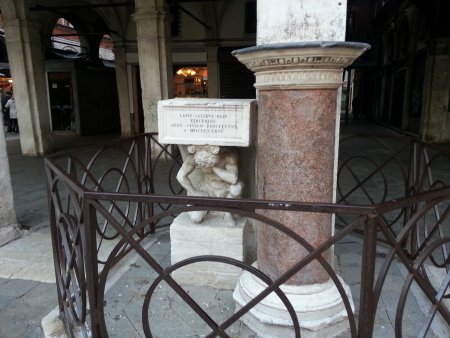
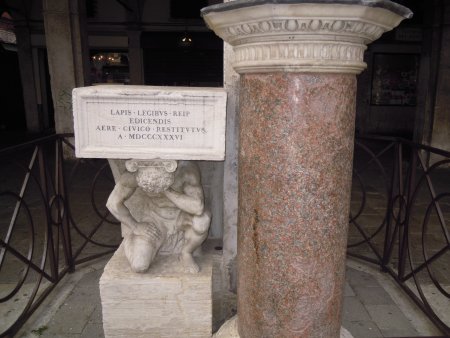
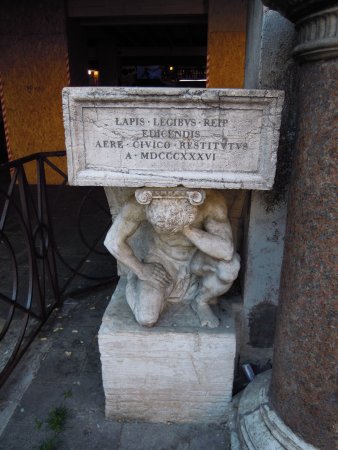
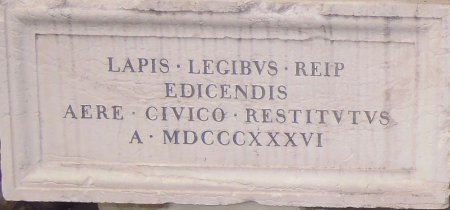
Places




















